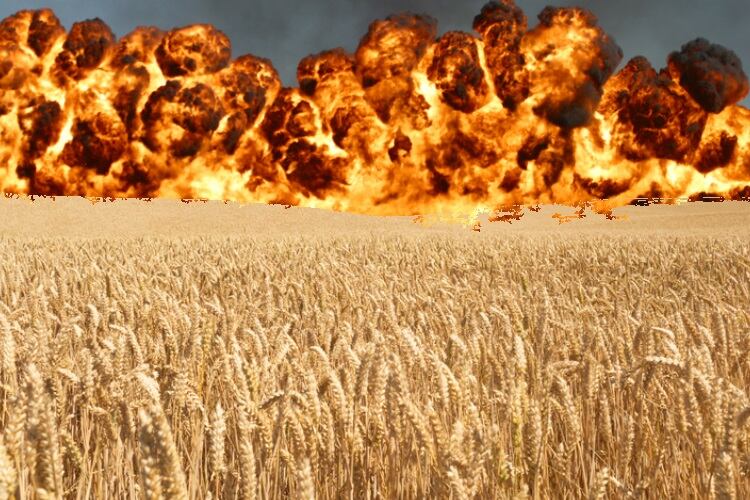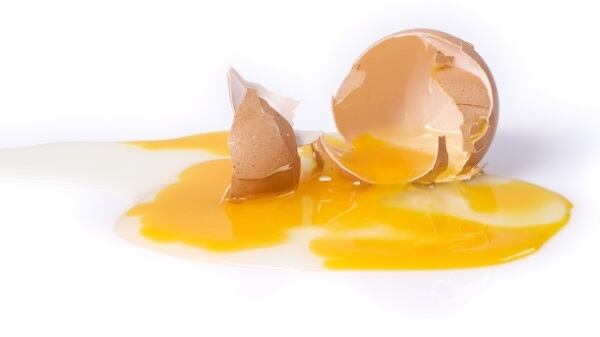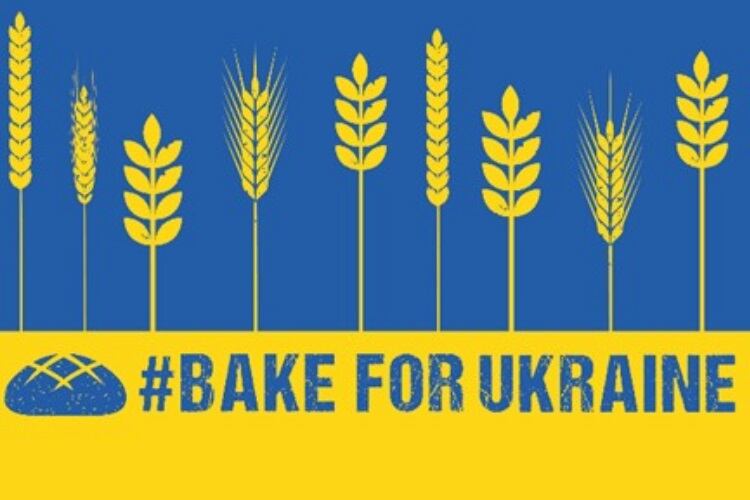“Hunger cannot be a weapon,” Martin Frick, programme director of World Food Programme (WFP) in Germany, told the media. However, there’s no denying it is playing a major part in modern warfare.
Putin’s invasion has brought the export of grain from Russia and Ukraine to a halt – spiking the wheat price to its highest level since the food crisis of 2008. In March, the price soared by 41%, the highest weekly price increase in over 60 years.
Russia and Ukraine are among the world’s top 10 wheat producers and among the five biggest wheat exporters, together representing 27% of the global trade in wheat.
Before the war, 36 countries depended on the pair for their wheat imports, including some of the world’s most vulnerable and impoverished nations. In fact, Ukraine’s cheap wheat is a key component of global food aid, and right now, “an urgent need for Ukrainian resources,” said Fick.
The ravaged country has been forced to close seaways and ports, throwing logistics into disarray and blocking millions of tons of cereals from getting to starving civilians.
According to the WFP in Germany, it has provided food aid for about 2.5 million Ukrainians since the outbreak of the war.
However, now “close to 4.5 million tonnes of cereals are blocked in Ukrainian ports and on ships,” said Frick, emphasising the urgency to have access to populations and ports to be able to relaunch the export of food.
The situation presents a double challenge – to get food to people trapped in Ukraine, but also to avoid a global food crisis. There are more than 800 million people going to bed hungry every night, so all this nourishment going to waste is criminal. There’s also the longer term challenge. The continued fighting has obviously hampered this year's wheat planting in Ukraine, and shortages are likely to spill into the next season and even longer.
From bad to worse
Global food prices were rising even before the invasion, thanks to supply chain disruptions caused by COVID, increased transport costs and climate change hampering harvests.
According to the United Nations, food prices are now at an all-time high and set to rise further. This will exacerbate problems and lead to even more people suffering from hunger.
The rise in the wheat price, in particular, is having a significant knock-on effect, given the importance of bread.
One continent particularly on edge is Africa, and the International Monetary Fund (IMF) has warned the Russia-Ukraine conflict could shatter an already pressurised food insecure environment.
Wheat is widely consumed across Africa – used for easy, inexpensive staples like bread and porridge – outpacing the consumption of maize and rice in many regions.
However, demand far outstrips supply, with the continent yielding sub-par crop yields thanks to extreme weather conditions, water scarcity, poor soil quality and inferior irrigation systems.
As a result, Africa depends on imports for 85% of its wheat consumption, with 25 countries heavily reliant on Russia and Ukraine. Between 2018 and 2020, Africa imported $3.7bn in wheat (32% of the continent’s total wheat imports) from Russia and another $1.4bn from Ukraine (12% of the continent’s wheat imports).
To make matters worse, the war is causing several governments of wheat-producing countries to secure domestic food supplies and halt exports. And while the US, Canada and Western Europe are likely to plant more to help fill demand, weather extremes could hamper harvests.
Egyptian history presents a warning of what could happen if food prices continue to rise. In 1977, increasing bread prices set off deadly riots by hundreds of thousands of lower-class citizens.
“The war in Ukraine has triggered a sharp increase in energy and food prices that could undermine food security in the region, raise poverty rates, worsen income inequality and possibly lead to social unrest,” the IMF warned in its annual Regional Outlook for Africa.
As mighty as a sword
Over the centuries, food has been an important cog for warmongers, and providing or withholding it has proven to be as effective as guns, bullets and bombs.
It is often the decisive element in winning wars, proving Napoleon’s assertion that ‘an army marches on its stomach’.
Nazi Germany addressed food shortages with its Hunger Plan, a policy to seize food from the Soviet Union to feed German soldiers and civilians. During the Cold War, the US used its advantage as a major wheat-producing nation to cement support, and wheat exports were sent with American military deployments around the world.
Since time immemorial, sieges were considered the weapon of choice to incapacitate combatants.
The 15th Century BC Battle of Megiddo resulted in a gruelling siege between Egyptian Pharaoh Thutmose III and a rebellious coalition of Mesopotamian city-states led by the king of Kades. The stranglehold lasted for seven brutal months until starvation conquered.
The Siege of Vicksburg, along with the Battle of Gettysburg, stands as one of the major turning points in the American Civil War. This conflict also saw Confederate soldiers adopting the age-old practice of contaminating the enemy’s food supplies to assert control. ‘Salting the earth’ (or ‘sowing with salt’) dates back to the Third Punic War in 146 BC, when Rome defeated Hannibal. Roman general Scipio Aemilianus sowed the city of Carthage with salt to make the soil infertile and enslave survivors.
The Siege of Leningrad is another chilling reminder of the role of food in times of conflict. Instead of taking Leningrad by force in 1941, Adolf Hitler opted for a brutal alternative. Citizens were forced to endure life under siege for 872 days until the city was finally freed by the Red Army, but the results were tragic: more than a million people perished from starvation.
Fast forward to 2022, and the geopolitics of wheat has once again come under the spotlight.





